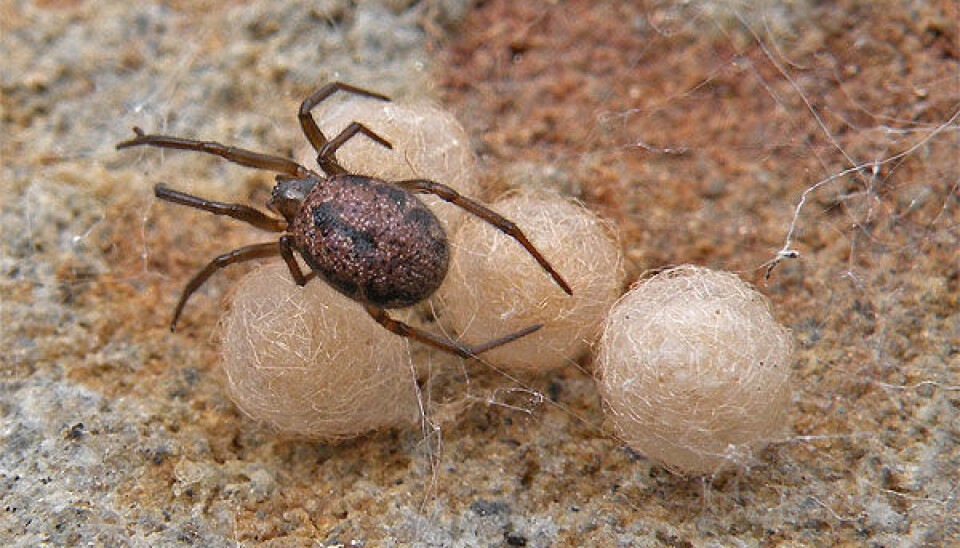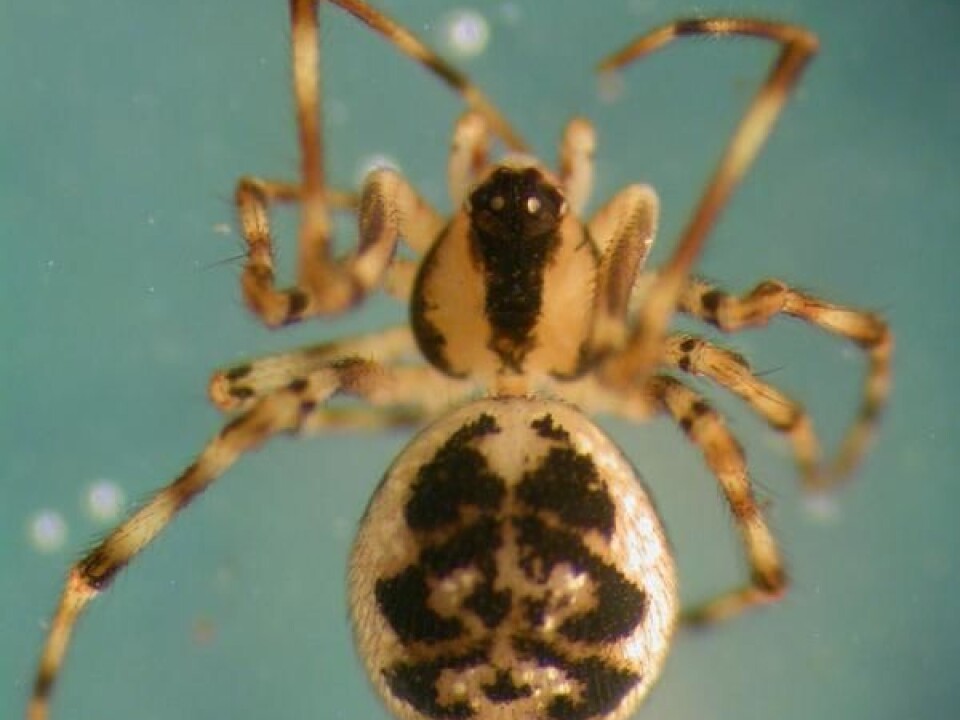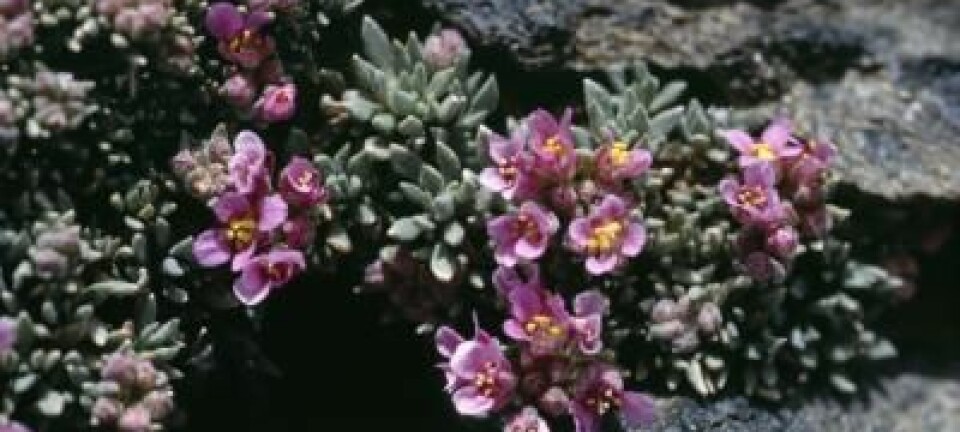
A northern treasure trove of exotic life
A valley in Norway is a treasure trove of rare species that have left their kin in Asia and Europe for remote Scandinavia.
Denne artikkelen er over ti år gammel og kan inneholde utdatert informasjon.
A tiny brown spider was recently discovered hiding under a rock in the Gudbrandsdalen valley. It is the first specimen of Enoplognatha serratosignata found in Norway. Normally this spider, a relative of the infamous Black Widow, is found on the steppes of Hungary and further east into Asia.
Other specimens were later discovered further west, confirming that this is a population and not a lone ranger. A continental-style dry climate with warm summers, cold winters and only a relatively shallow snow cover during the winter season enables the exotic arachnid to thrive so far from its old habitat.
From Kyrgyzstan to Norway
“The dry hillside microclimate of the Gudbrandsdalen and Ottadalen valleys is home to several species originating in an Eastern and Central European habitat – including insects, fungae and lichen,” explains entomologist Arne Fjellberg.
A find in 2009 uncovered new springtails of the Isotomidae family; two millimetre long, white, blind and thin as a string. Closer examination revealed it was Martynovella nana, a species last recorded in 1968 in mountain regions of Kyrgyzstan and Tajikistan – and not heard of again until it surfaced in Norway.
Ballooning spiders

Although we can understand how these migrants might survive in their new home, one might wonder how they ended up in a Norwegian valley in the first place.
Spores and seeds can be carried over long distances with the wind. Spiders can be transported by 'ballooning', where they produce a long silk thread which lifts and carries them along on the updrafts.
“It's suggested that Enoplognatha serratosignata use gossamer threads for shorter or longer trips. Ballooning spiders have been found 1,600 kilometres out in the open sea, and at an altitude of five kilometres – so there's a definite possibility of long-distance migration,” concedes Fjellberg.
Remaining enclaves
Others discard the theory of migration, instead arguing that we are seeing the last remains of previously larger populations.

“Many argue that these Norwegian populations of Eastern steppe species are so-called relicts, and that the species were much more widespread after the last Ice Age, when huge tracts of land were stripped of forest," he explains.
"According to this theory, we're finding small remaining enclaves who have survived due to localities with favourable conditions.”
Damp, shady groves
The damp, shady groves of Gudbrandsdalen provide another specialised habitat, where several rare plant species have taken root – far from the nearest populations of Eastern Sweden and Finland, and further still from the Asian taiga where most of their kin grows.
The dispersal of these rare plants is matched by the fauna living alongside them. Last April, Fjellberg discovered another exotic spider.

This one was spherical, 2-3 millimetres long with distinct black and white markings. It turned out to be Thymoites bellissimus, with the nearest known locality in Sweden, 350 kilometres to the northeast, and a population spreading across Northern Sweden, Finland and Russia.
“This population is likely to be a western outlier of the species' habitat. It's a general phenomenon that the spread of species becomes fragmented at the edge of expansion,” concludes Fjellberg.
----------------------
Read a Norwegian version of this article at forskning.no
































